In the world of technology, social media has revolutionized our communication. Nowadays, people communicate on Facebook, X (formerly known as Twitter), Instagram, and other social media apps. Social media has enabled people to connect and interact with each other faster and more efficiently. Young adults with 86 percent, aged 18-29 are most likely to say that social media exposes them to new viewpoints and ideas.
It has also allowed us to share content in real time, which has made it a powerful tool for spreading information. Ninety-eight percent of teenagers use social media platforms for their daily news and information updates.
Regarding entertainment, social media is the top choice for many people. However, there is a downside to its usage as well. False information and rumors are often spread through social media, leading to the spread of fake news. A study from the University of Southern California found that 15 percent of frequent users who share news on social media were responsible for up to 40 percent of fake news circulating on Facebook.
Misinformation could lead to distress, especially if the information is spreading rapidly without any statistics. One example of this occurred during the COVID incident; during that time many people on social media were spreading fake information, leading to unnecessary worrying and stress among people.
For junior Vidhi Jariwala, Social media can disconnect people from their real world. “The more social media we use, the more we get away from ourselves,” Jariwala said. “It’s like social media is controlling us. We think we have thousands of friends on social media but in reality, it’s just there are just a few friends who truly care about us.”
Considering sophomore Adya Jha, misinformation can lead to harmful conspiracy theories and hate speech. “One problem within social media is that you can’t verify if the information is fake or not,” Jha said. “Which makes a serious impact on other people. Some people started to think that [what they see] is true, and news spread quickly without giving time to the topic to be discussed. This could lead to harmful incidents.”
As for freshman Anika Dosapati, teenagers are majorly impacted by social media. “I think teenagers are mostly getting affected by social media because they are constantly on their phones,” Dosapati said. “Teenagers think they are missing out so they excessively use social media despite thinking what the output from disadvantages of social media will be.”
Colorado Family:
One notable incident that occurred in real life was from a Colorado family, who transformed their sadness from a tragedy into anger and took a stand against the harmful effects of social media. Social media has become an integral part of our lives, but its toxic influence on individuals and society cannot be ignored.
The Colorado family’s story began with a heartbreaking tragedy – the loss of their teenage daughter to suicide. During their toughest times, they found comfort in each other’s encouragement and decided to turn their grief into something positive. Rather than giving up, they opted to confront the harmful aspects of social media, directly to bring attention to its negative impacts.
The reason for Annalee Schott’s suicide was depression and anxiety due to social media content. Most, if not all, social media apps have AI suggestion tools for viewers to help them get related videos or materials. But in this case, Lori Schott (Annalee Schott’s mother) mentioned in the article that she still has her daughter’s TikTok account, and whenever she searches up the section “For you” it ends up getting videos of anxiety, and depression or suicidal content. Her motive is to bring light to the fact that children are not protected by AI suggestion tools. “I just think with all the power and the money, astronomical amounts of money that they make, there’s just all this power and no responsibility,” Schott said in a Colorado Newsline article.
The family’s decision to turn their grief into action was no easy feat. They started by spreading awareness about “toxic social media” by taking part in public speaking events, appearing on television shows, and leveraging social media platforms to spread their message. They aimed to create a dialogue around the need for responsible digital citizenship and the importance of fostering a safe online environment.
The Schott family understood the significance of self-harm/suicide prevention and, therefore, actively participated in various educational initiatives such as Parents SOS, or Parents for Safe Online Spaces. They worked together with schools and community organizations to design programs that educate individuals on digital literacy, online safety, and responsible social media usage. By targeting the younger generation, they aimed to empower them to navigate the digital world with awareness and compassion, thereby reducing the prevalence of toxic behavior.
The family on their journey also worked towards creating support networks for those who were affected by the negative aspects of social media. They established communities where individuals could share their experiences, find comfort, and access resources to deal with online abuse. By promoting a sense of belonging and empathy, they provided a safe environment for individuals to recover and become more resilient.
Conclusion of story:
The extraordinary journey of a family from Colorado is a powerful reminder that even in the face of immense grief and pain, it is possible to transform that into positive action. This family has chosen to confront the toxic aspects of social media and has played a significant role in raising awareness about the dangers of online bullying, advocating for change, and fostering a safe online environment for everyone. Their story is nothing short of inspiring, highlighting the power of turning anger into positive action in the face of adversity.
Despite the loss they have experienced, this family has chosen to use their voice to bring about change and make a difference in the world. They have shown us that through collective efforts, we can hope to combat the toxicity of social media and create a more compassionate and responsible digital world.
How does social media impact students?
Social media can be extremely beneficial to students in many ways. Firstly, it provides a platform for students to connect and exchange ideas. Seventy-three percent of students use social media in education to collaborate with their classmates on all forms of electronics, tablets, mobiles, and computers.
Additionally, social media can be a great resource for research and learning. Students can follow subject matter experts and thought leaders in their field of study, and stay up-to-date with the latest news and developments in their industry. They can also use social media platforms to access educational resources such as online courses, e-books, and academic journals. Statistics say that social media is used in 85 percent of higher education institutions for academic and professional purposes. Moreover, social media can help students develop important skills such as communication, teamwork, and digital literacy. By participating in online discussions and debates, students can learn how to express themselves effectively and respectfully and engage with people from different backgrounds and perspectives.
However, social media could be detrimental to students in several ways. It can be a major source of distraction from their studies, leading to decreased productivity and poor academic performance. According to a study by the Pew Research Center, Seventy-one percent of teens use more than one social media site, with 22 percent using social media almost constantly. This excessive use of social media can lead to addiction and sleep disturbances, further negatively affecting their academic and personal lives.
Moreover, social media can expose students to depression and anxiety, which has become a major concern for schools and parents. According to a neaToday report, Forty-seven percent of students aged between 11-17 were classified as “anxious.” This can have a significant impact on their mental health and overall well-being.
In all, it is important to ensure that students receive the support and guidance they need to handle their use of social media responsibly.

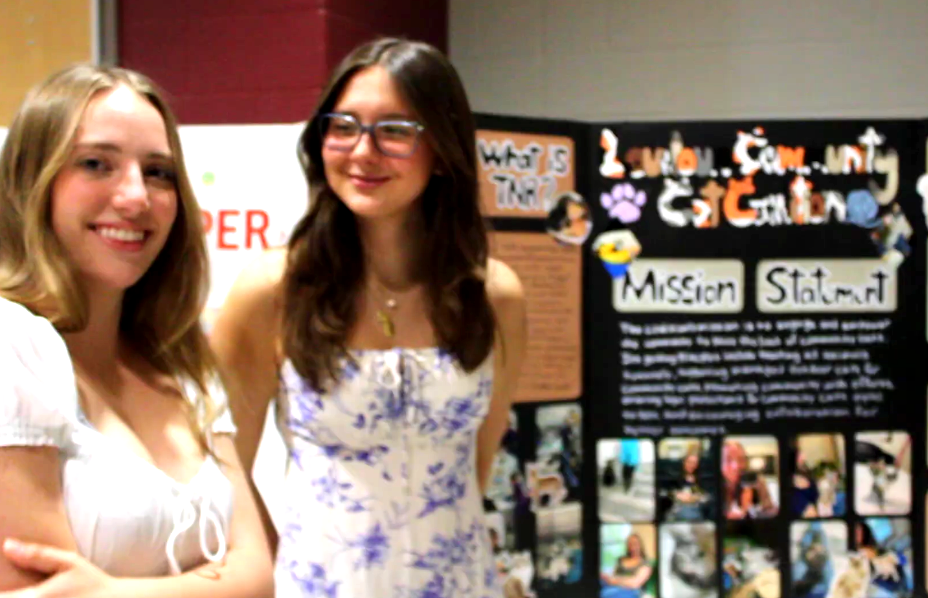
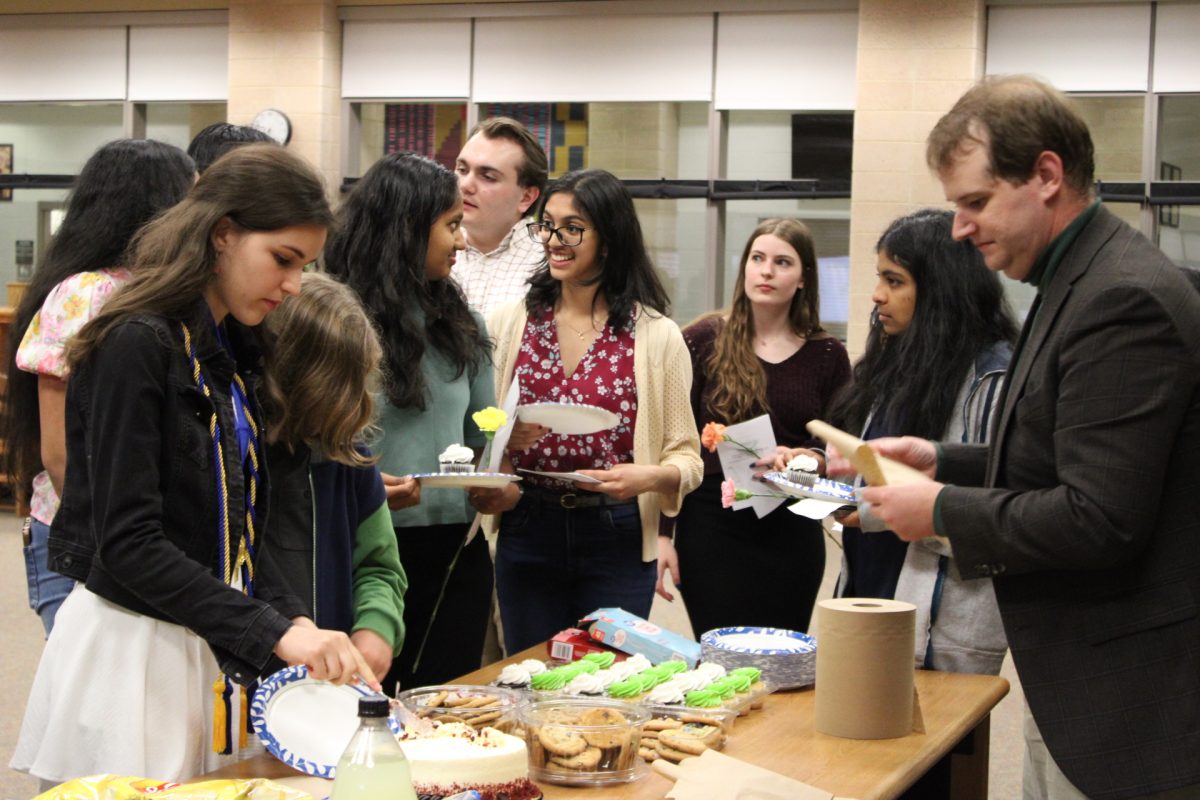




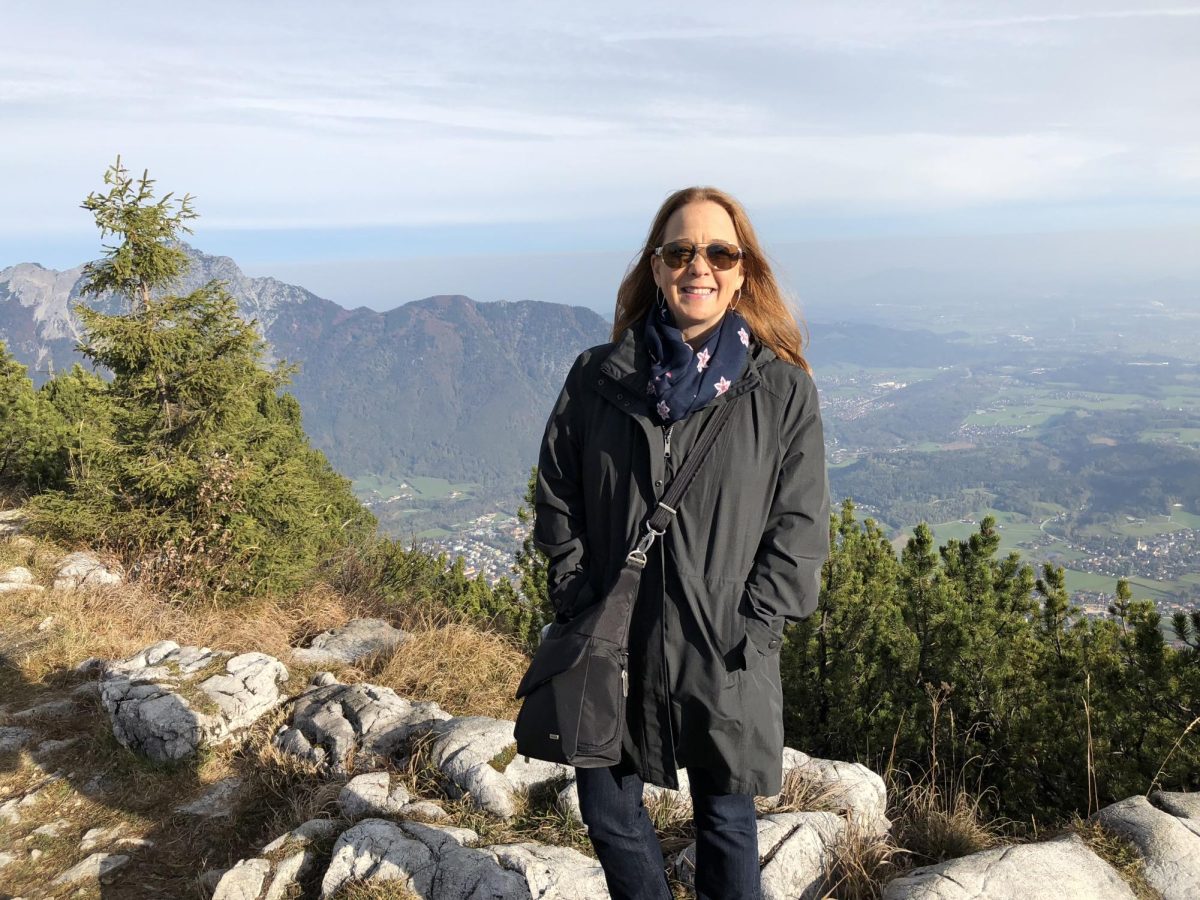

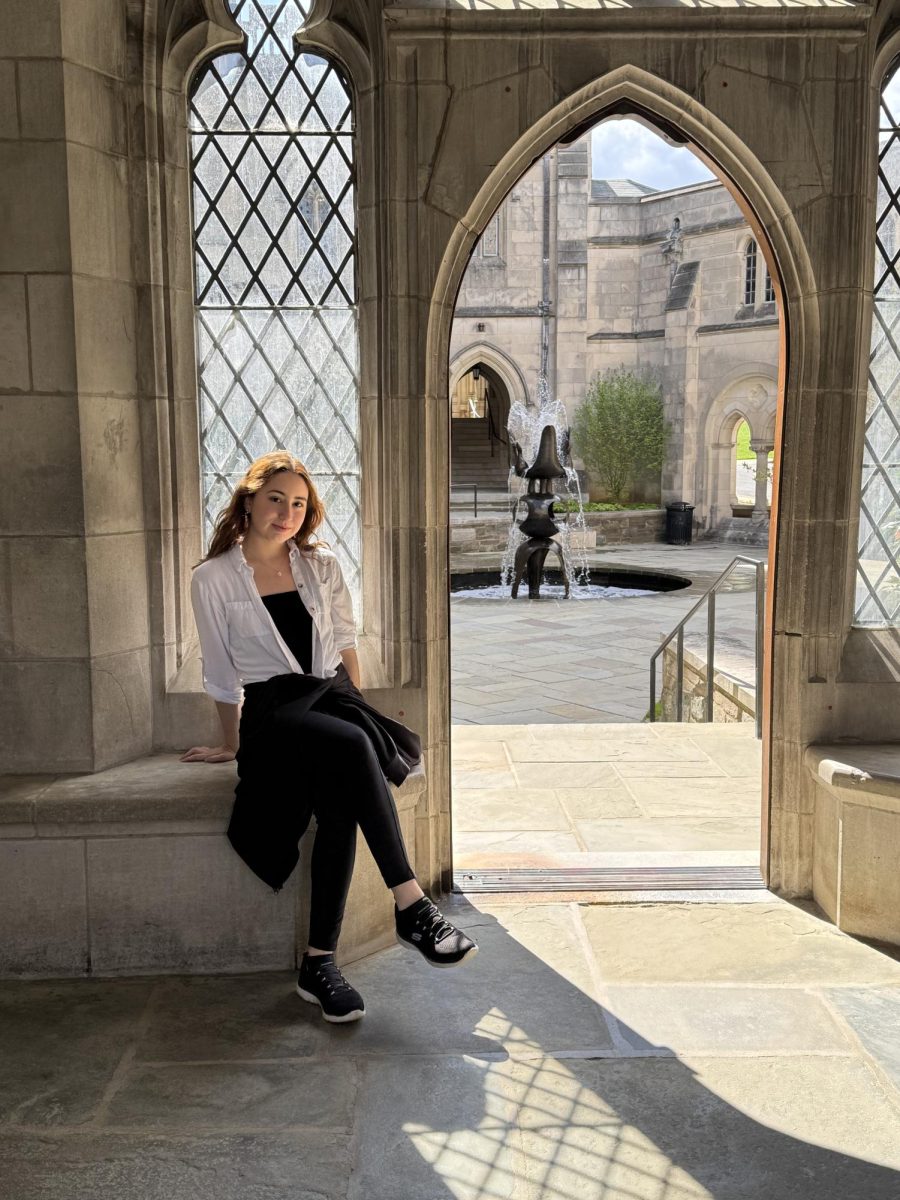
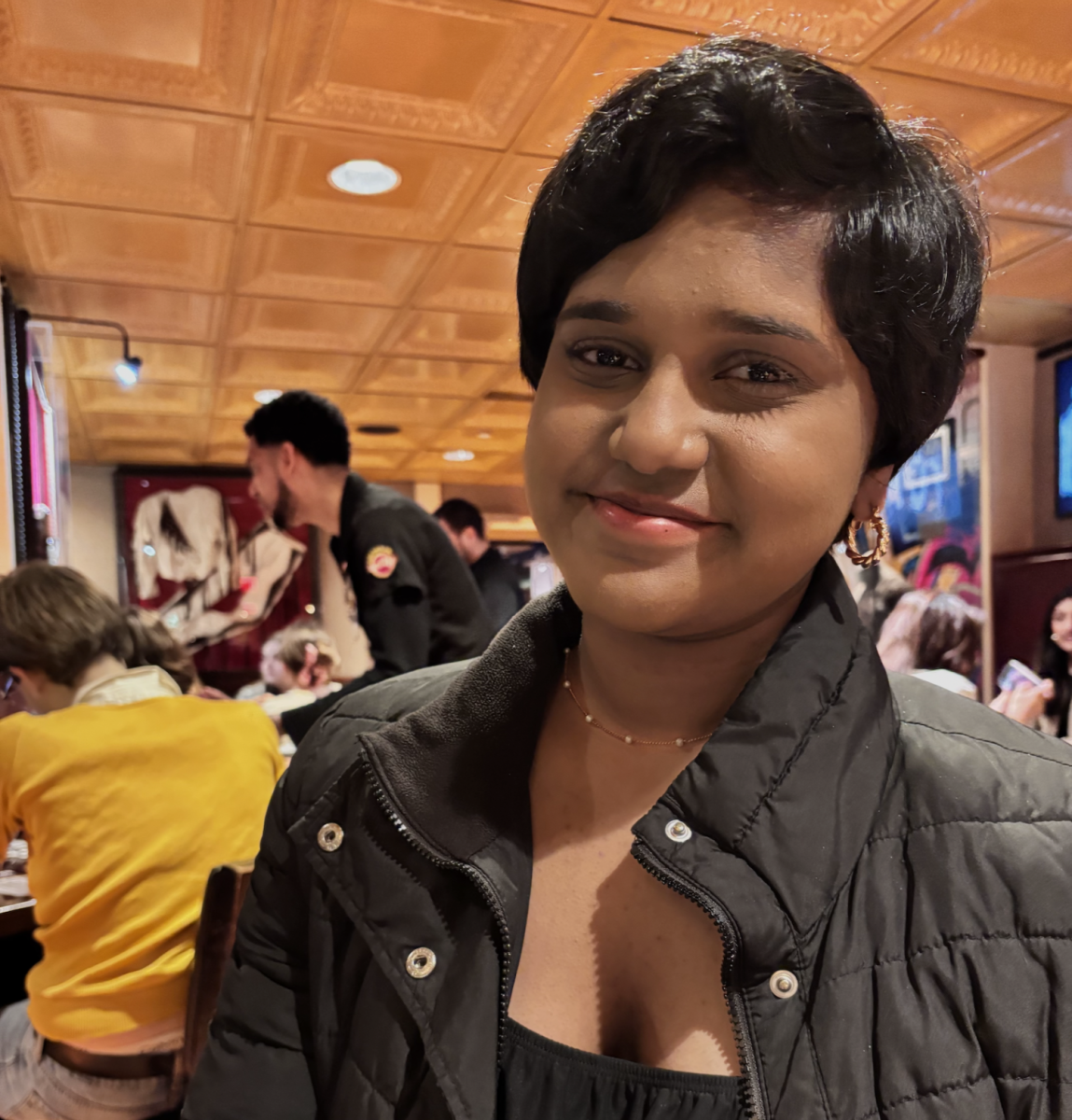
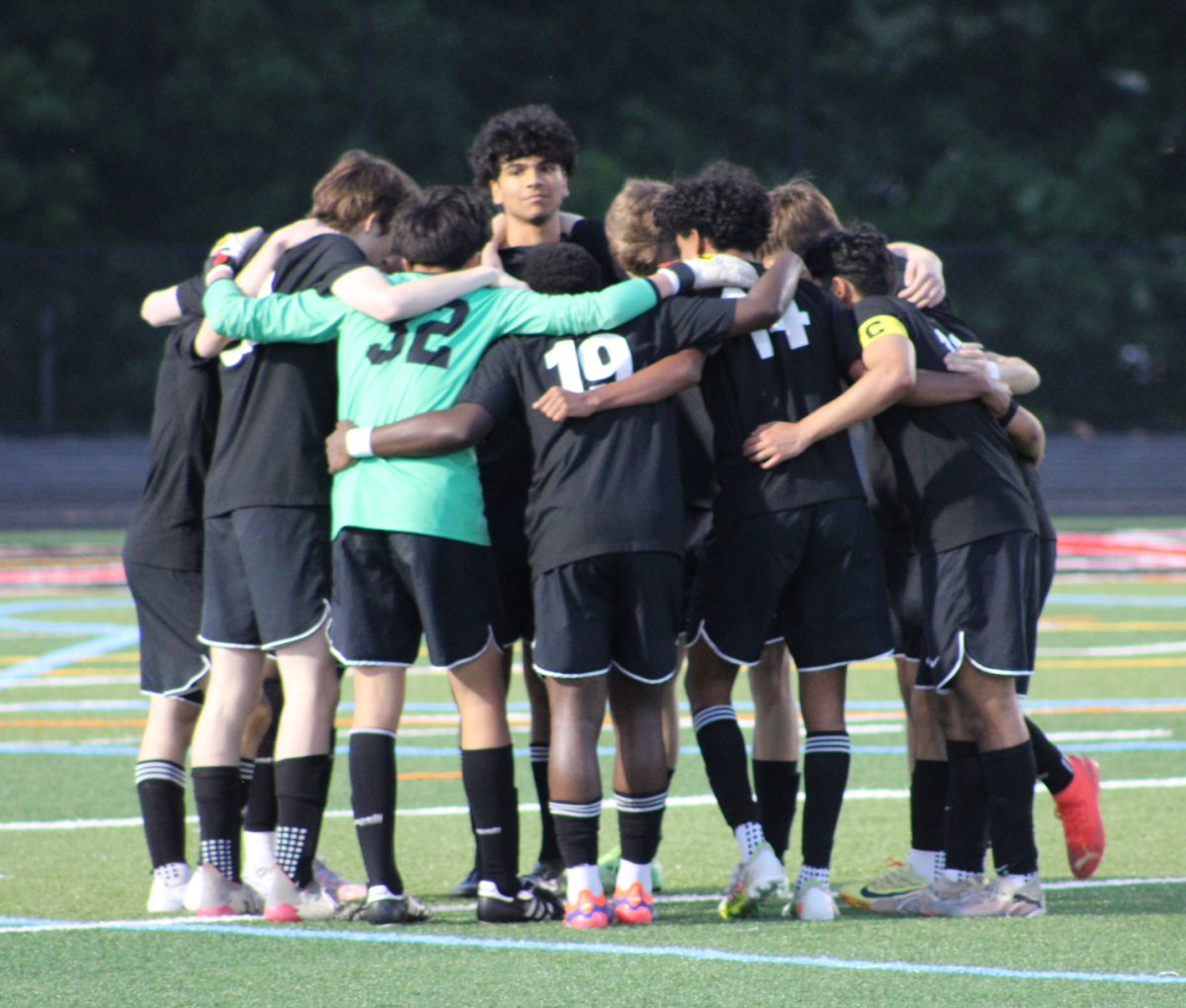

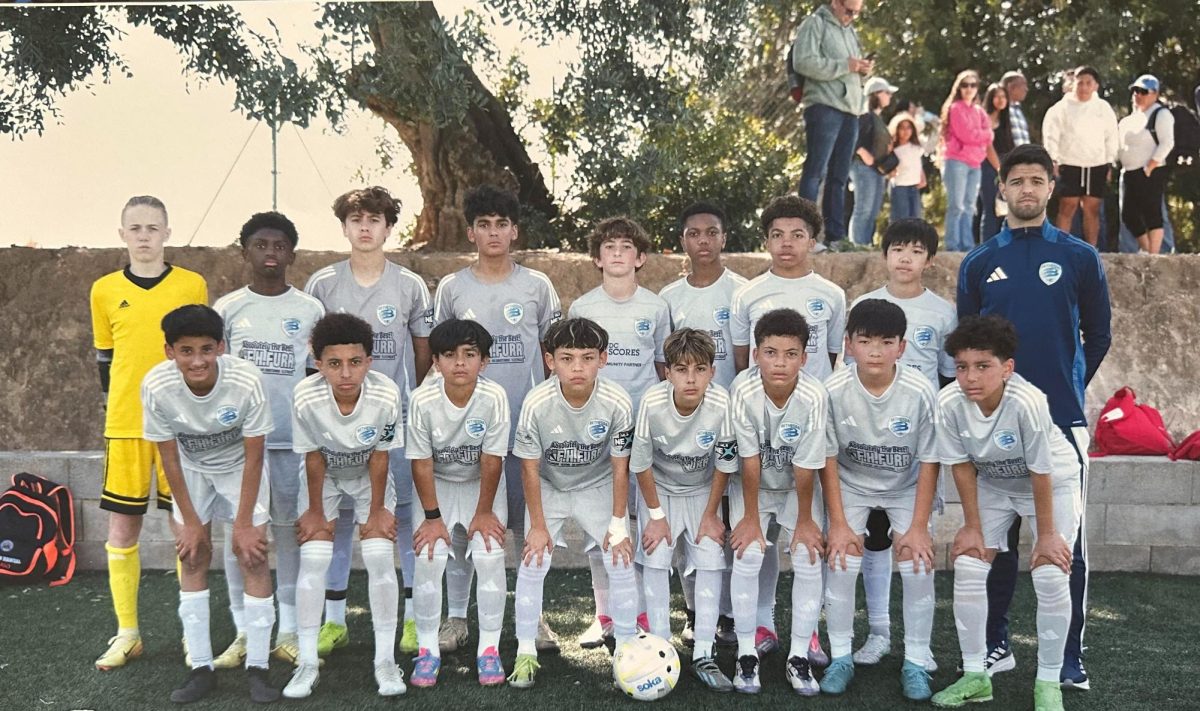
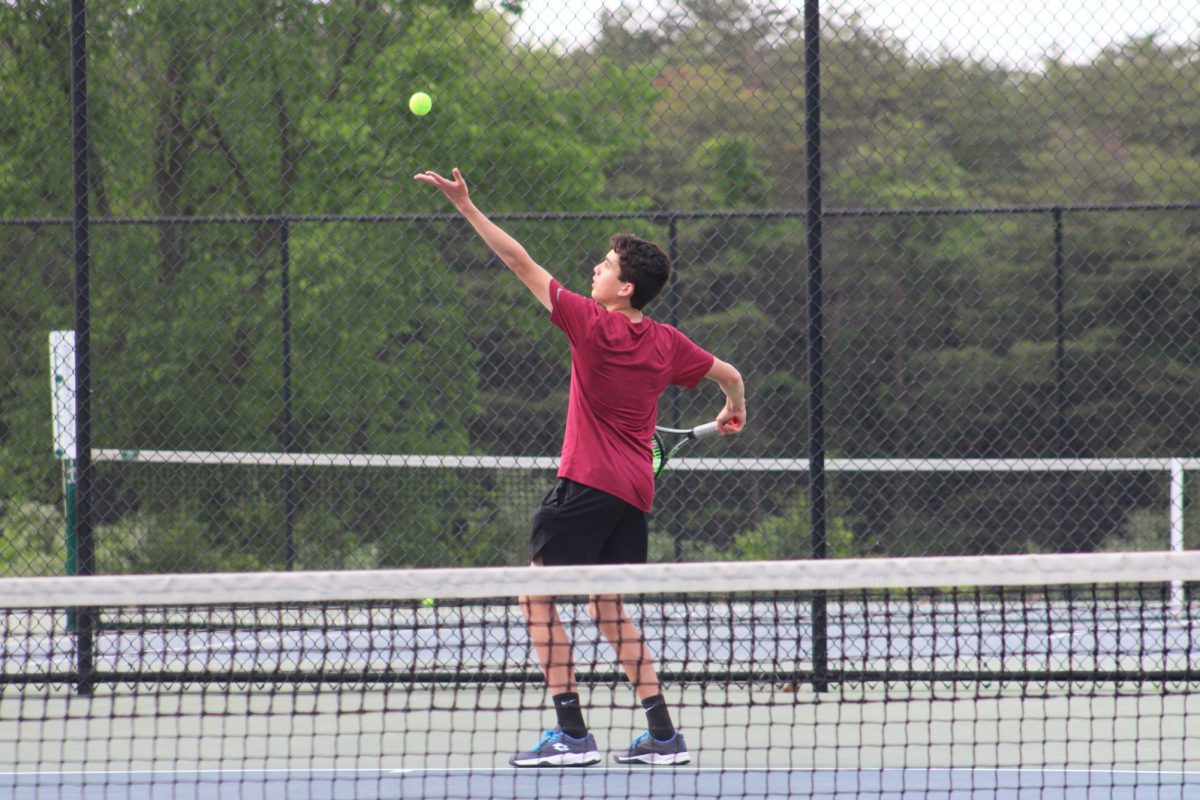

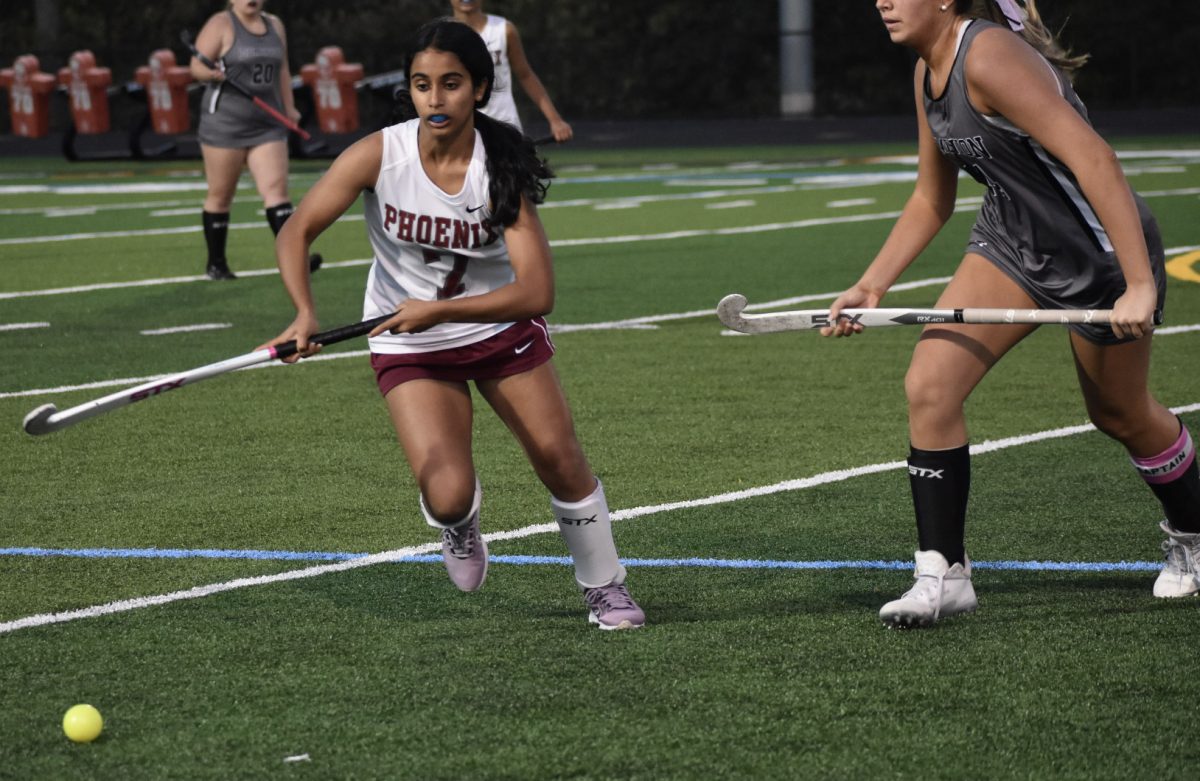
![The Phoenix varsity volleyball team lines up for the national anthem. “We were more communicative [with each other] during this game, and I feel like we kept our energy up, especially after the first set,” senior Jessica Valdov said.](https://theblazerrhs.com/wp-content/uploads/2024/10/DSC_0202-1200x800.jpg)
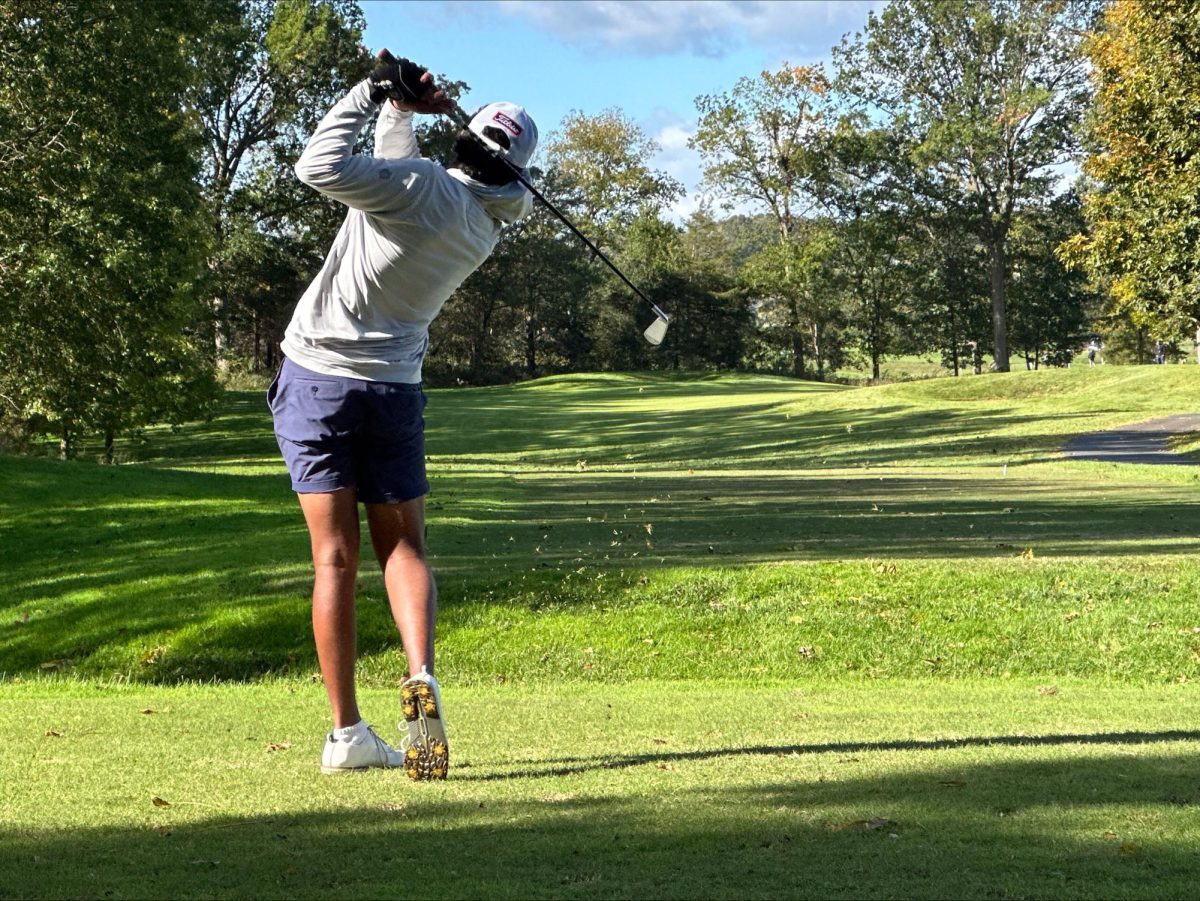
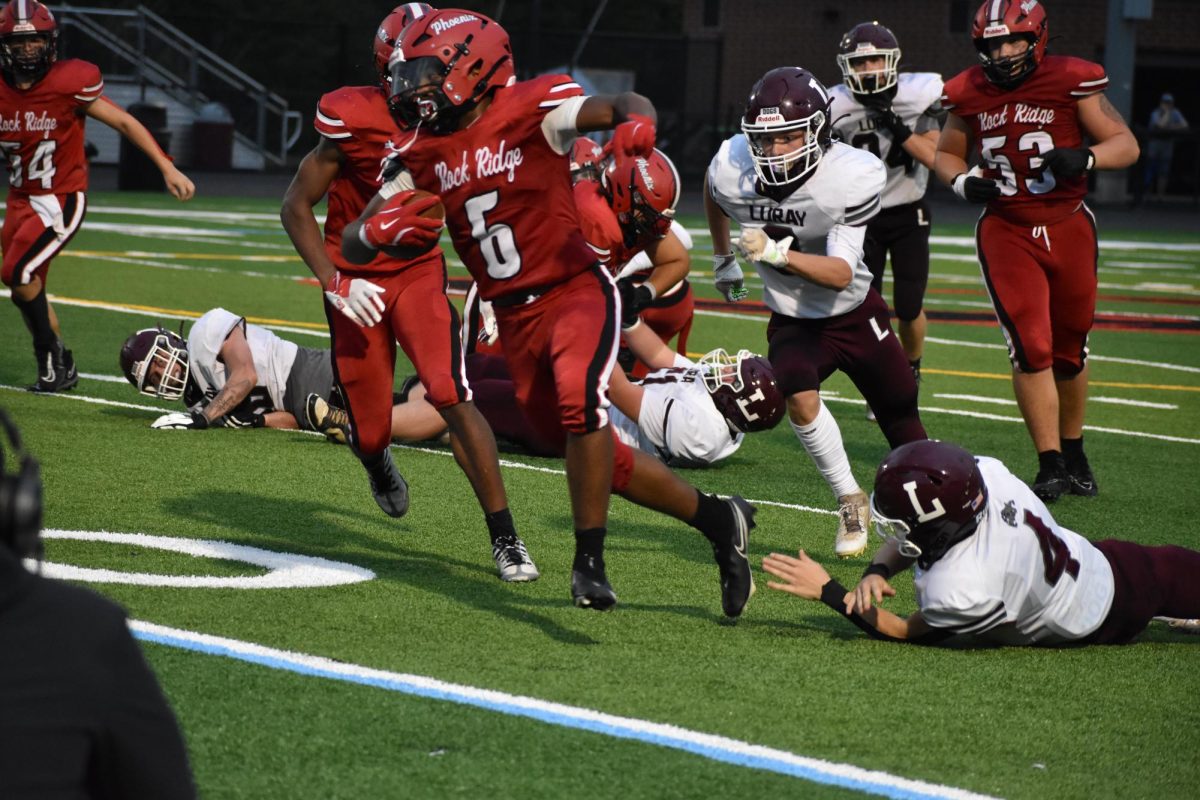
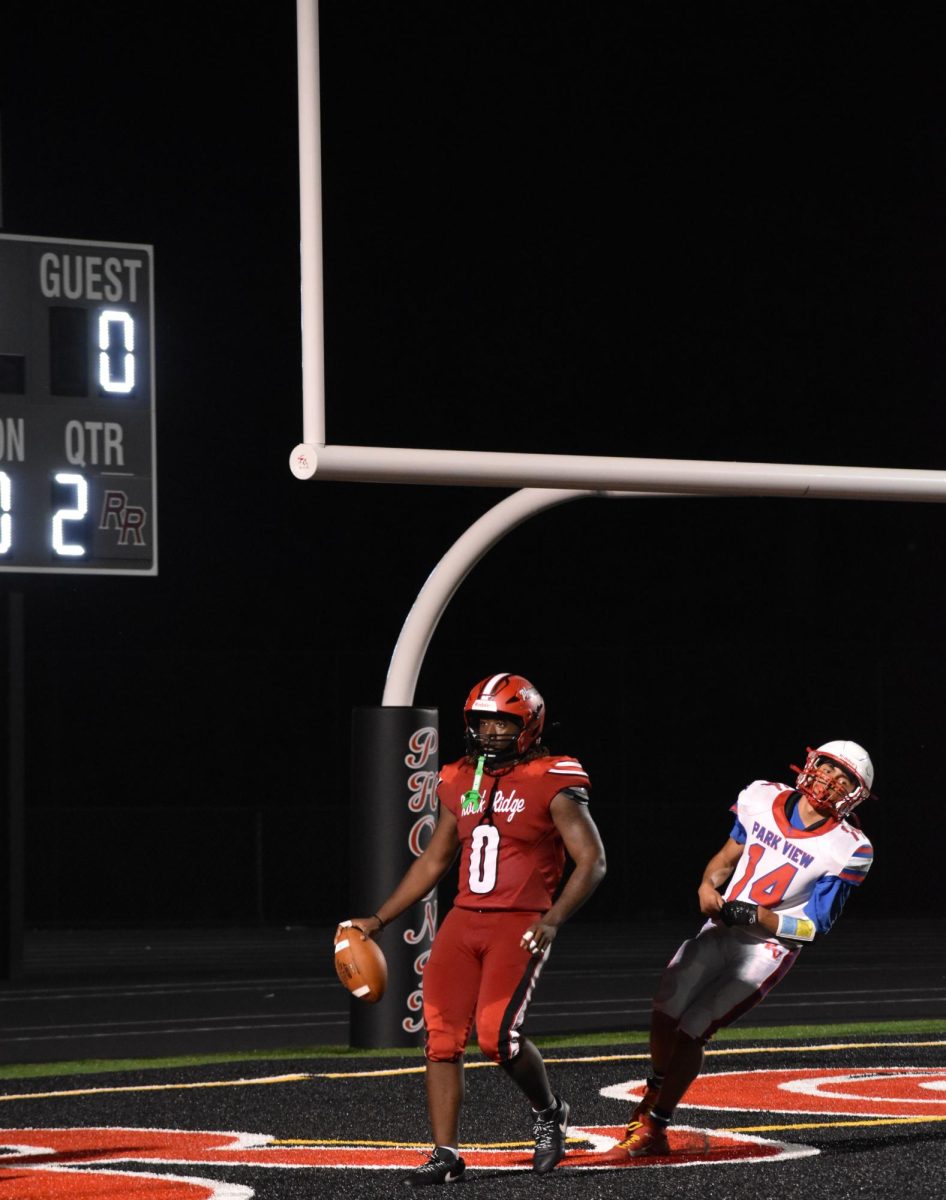
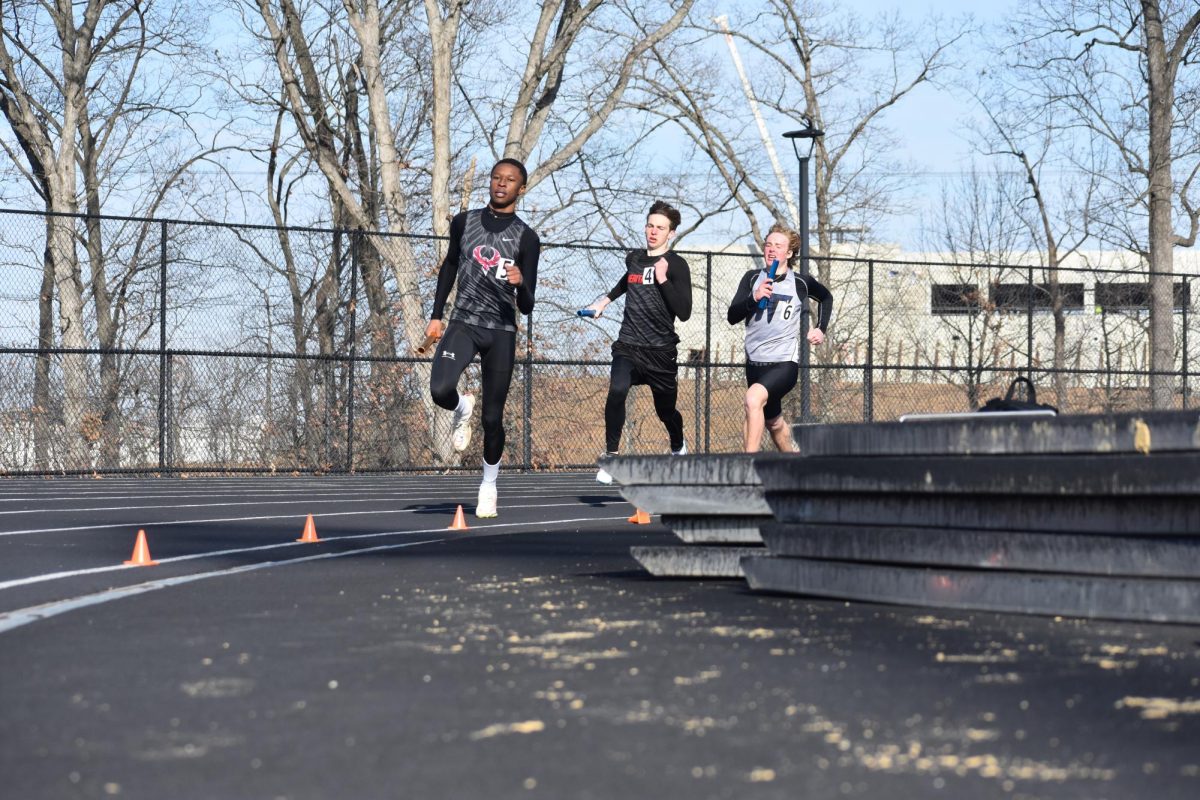
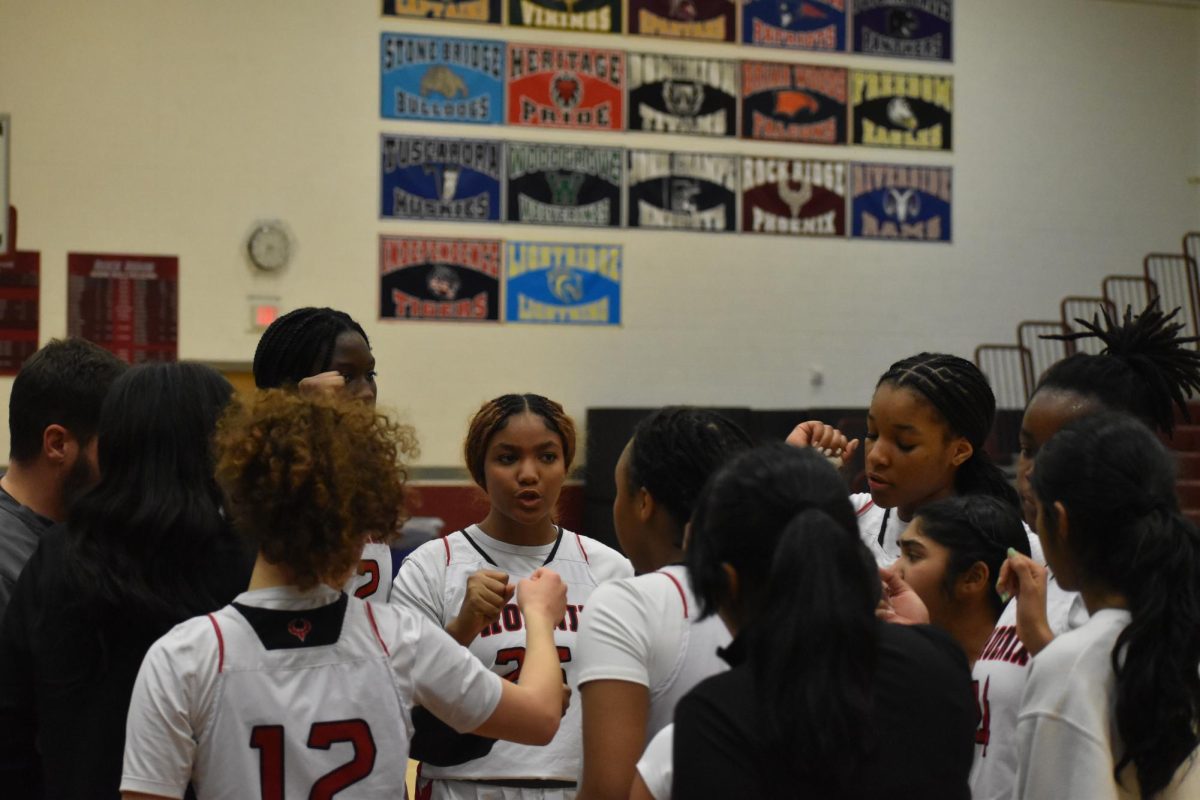
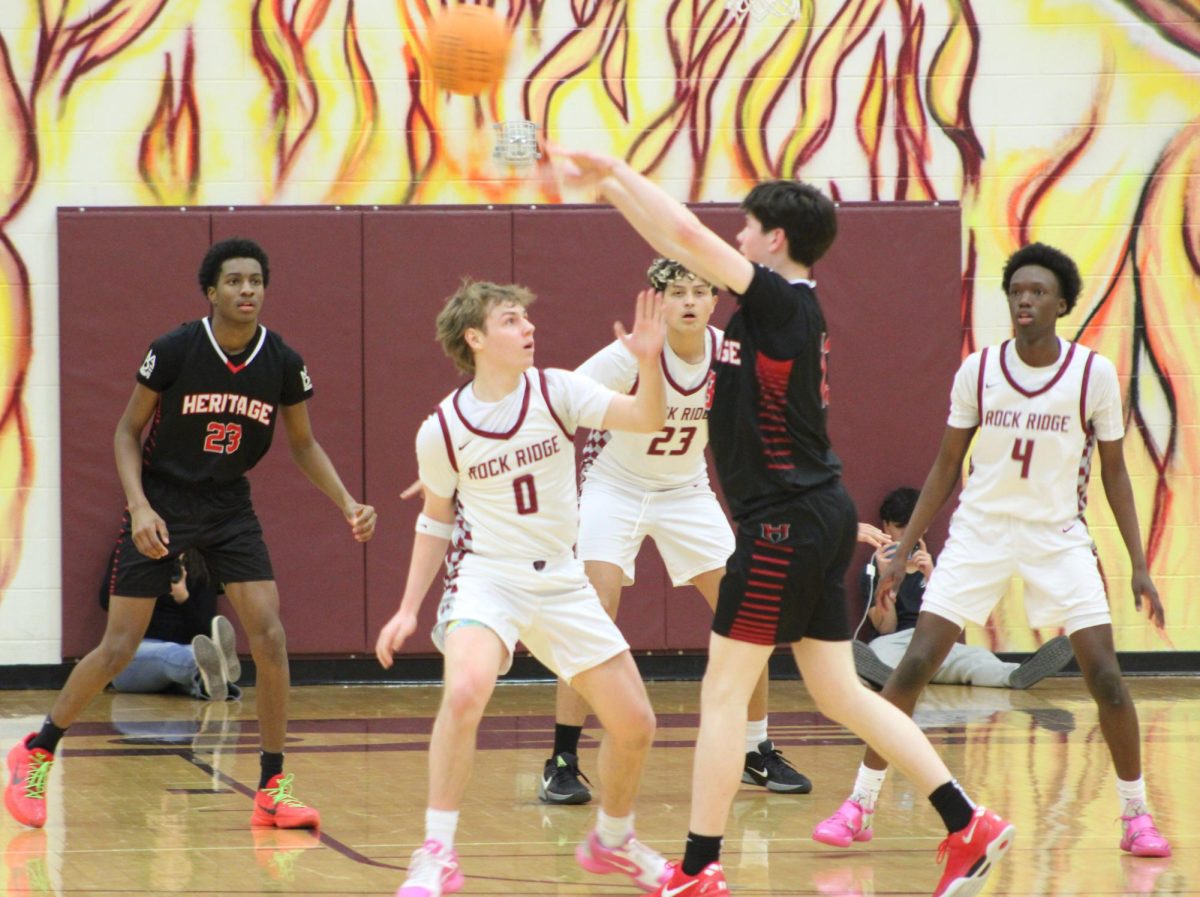
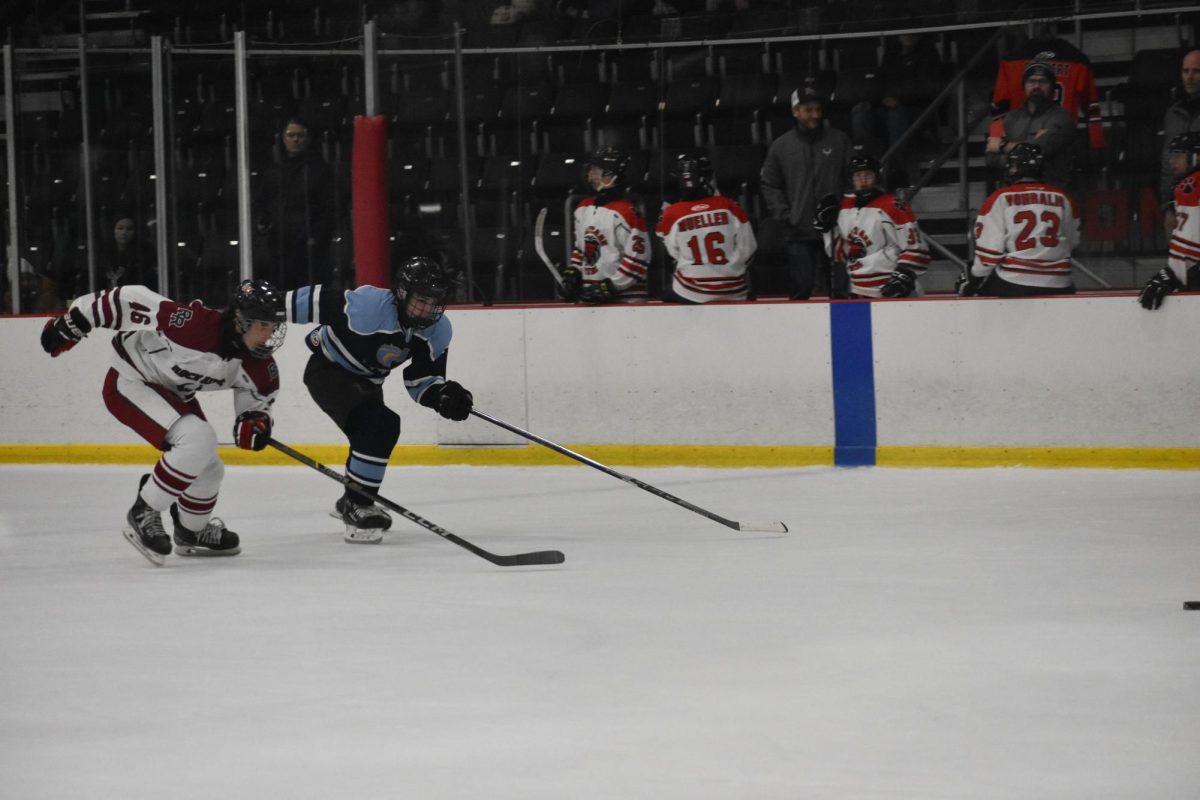
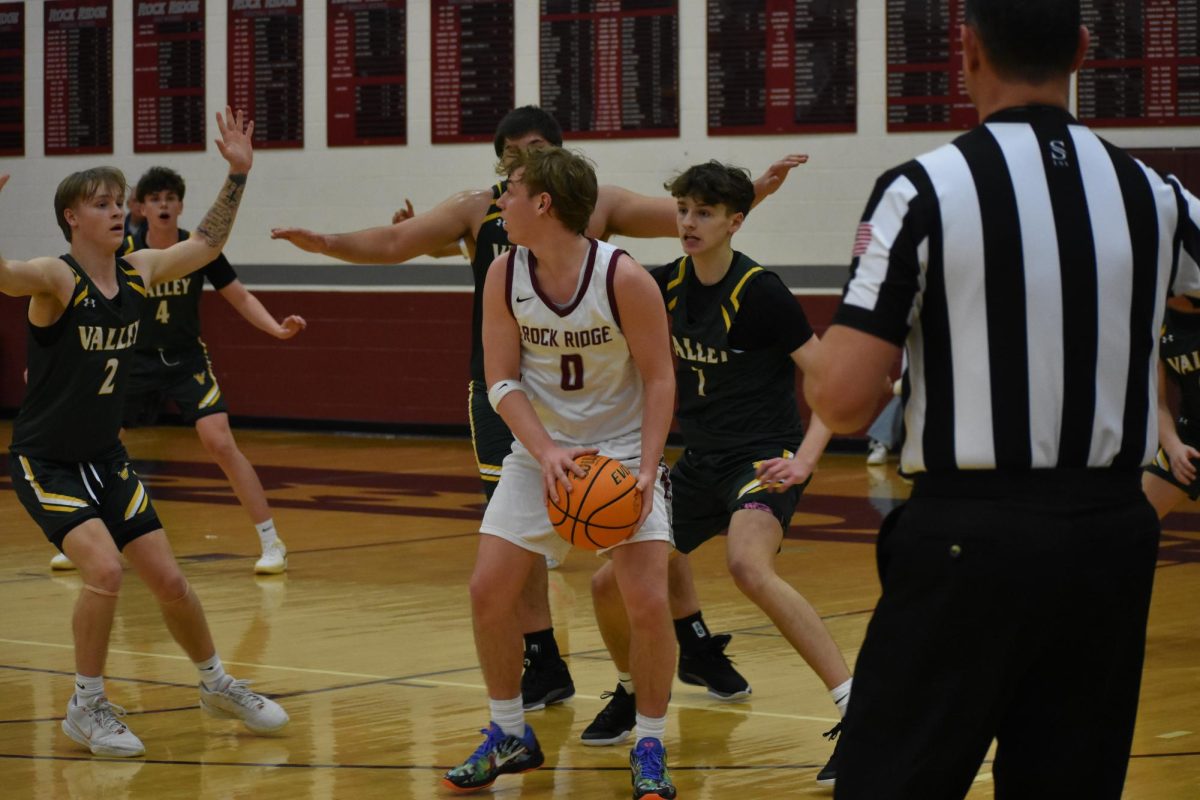
![Junior Alex Alkhal pitches the ball. “[I] just let it go and keep practicing so we can focus on our goal for the next game to get better as a team,” Alkhal said.](https://theblazerrhs.com/wp-content/uploads/2025/05/DSC_0013-1-1200x929.jpg)
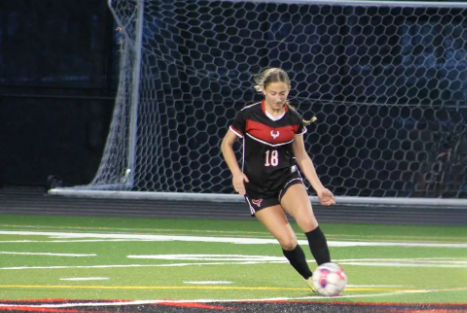
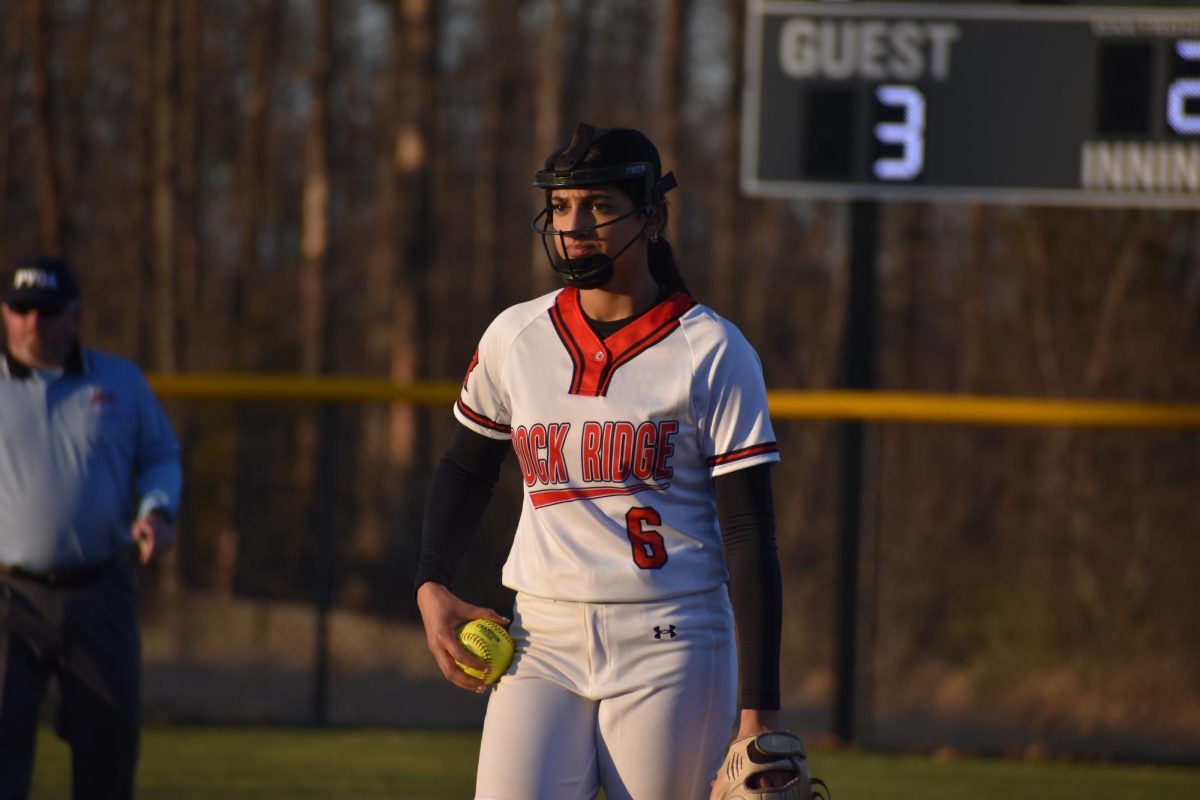
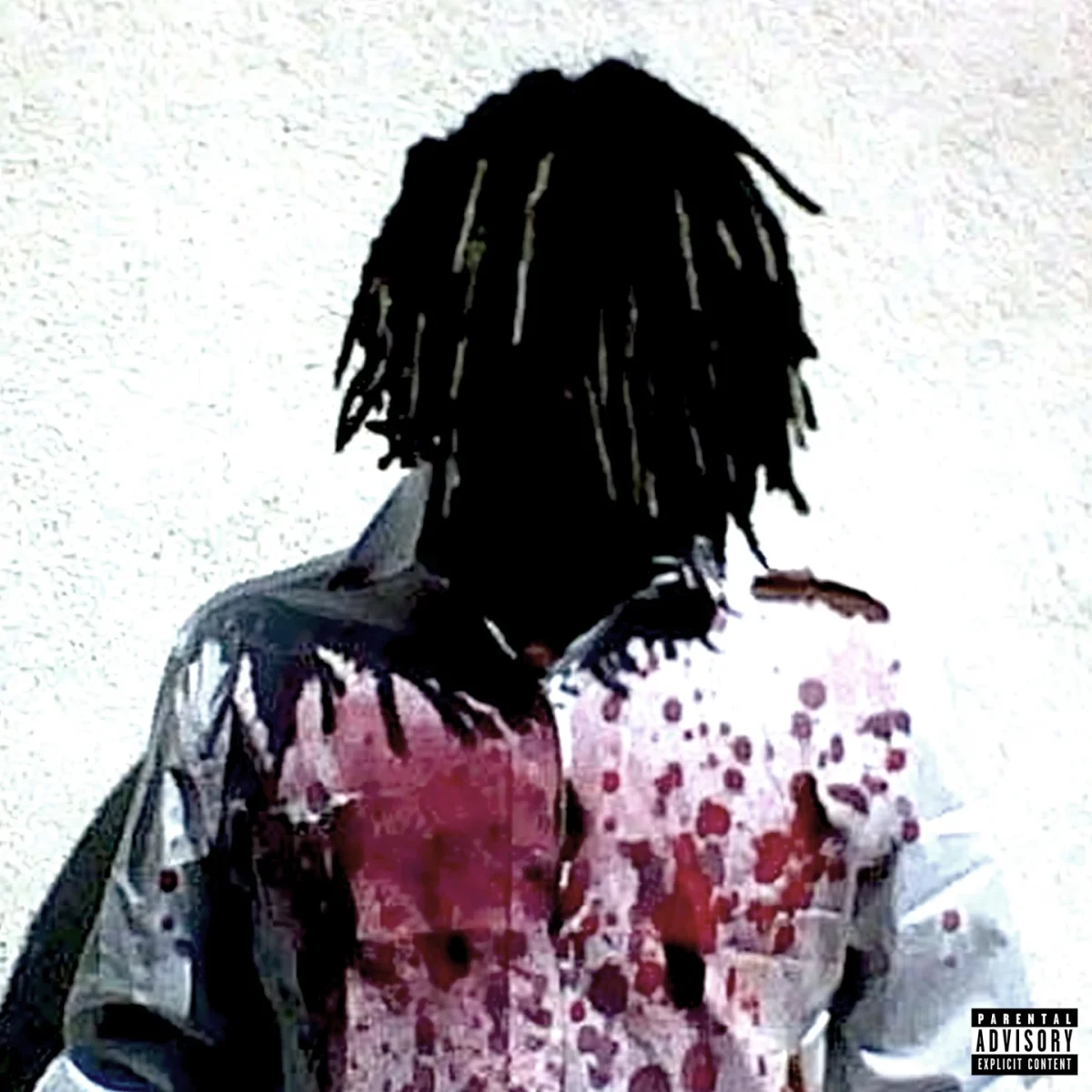
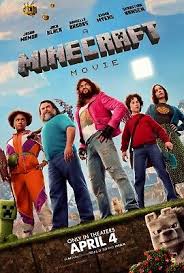


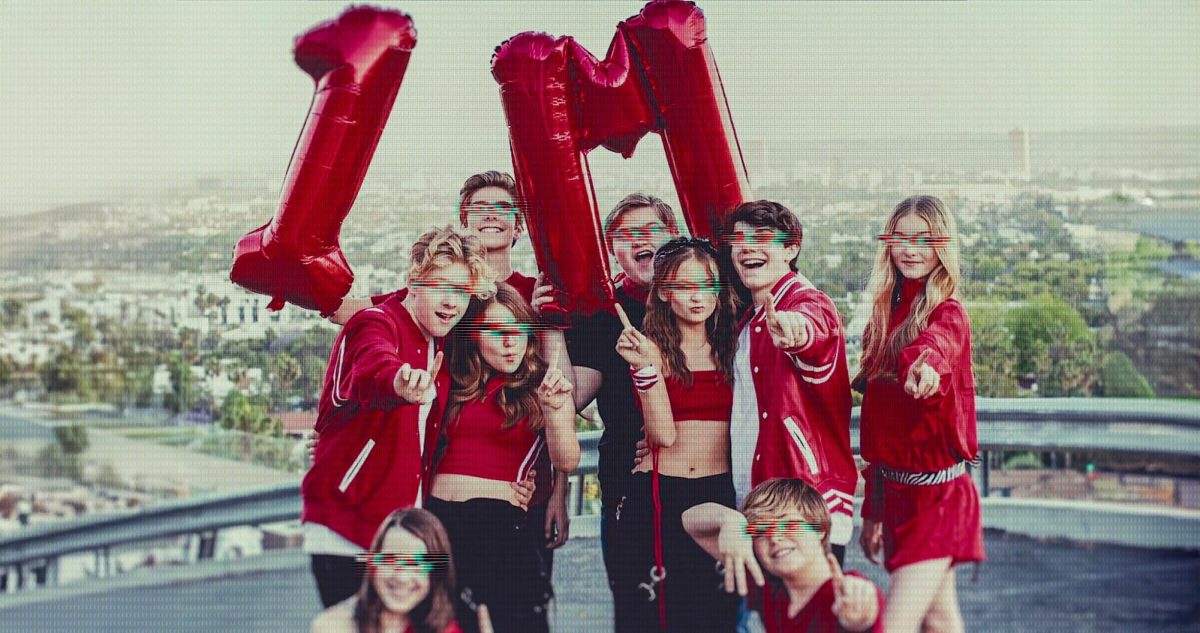
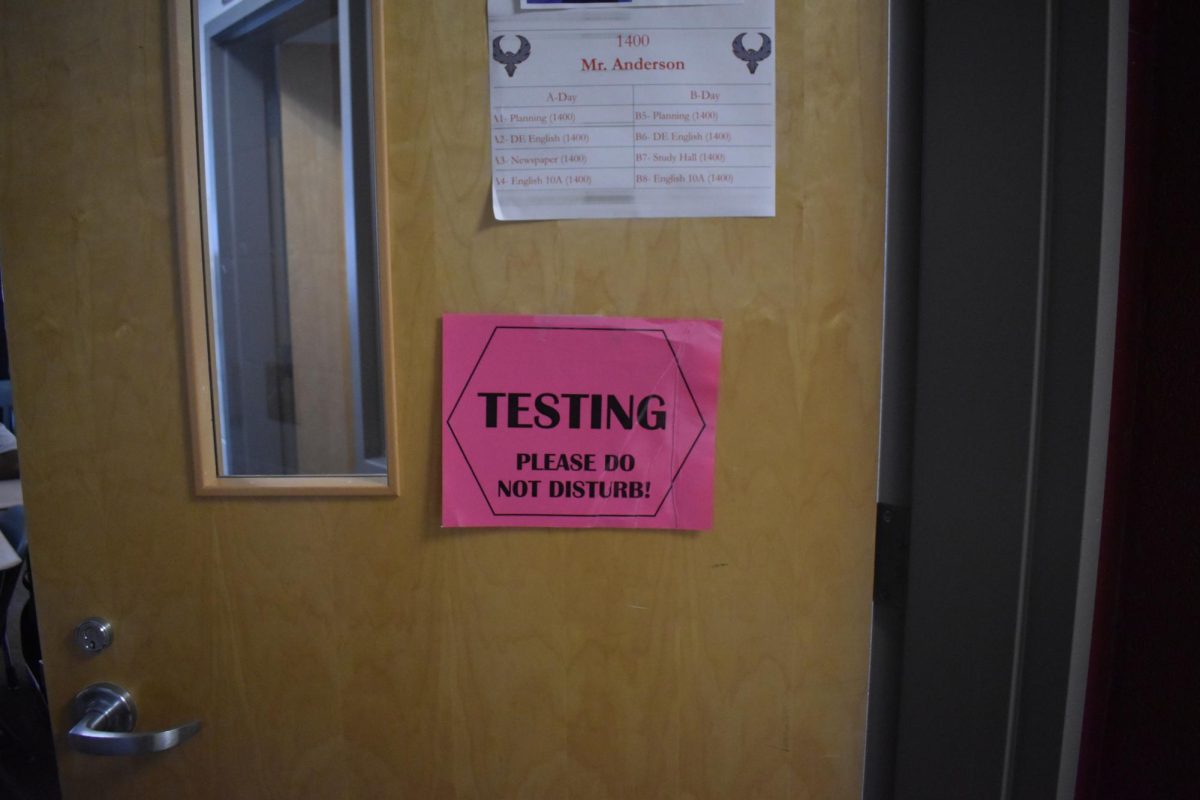


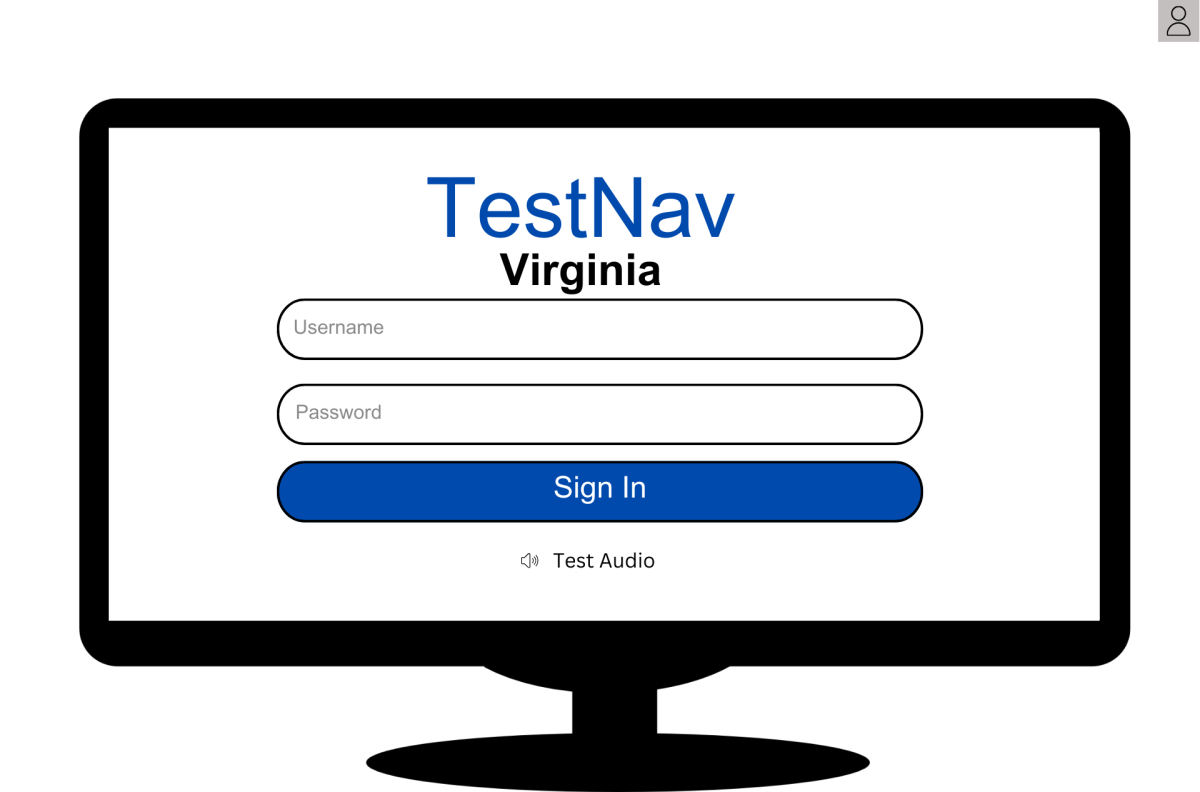
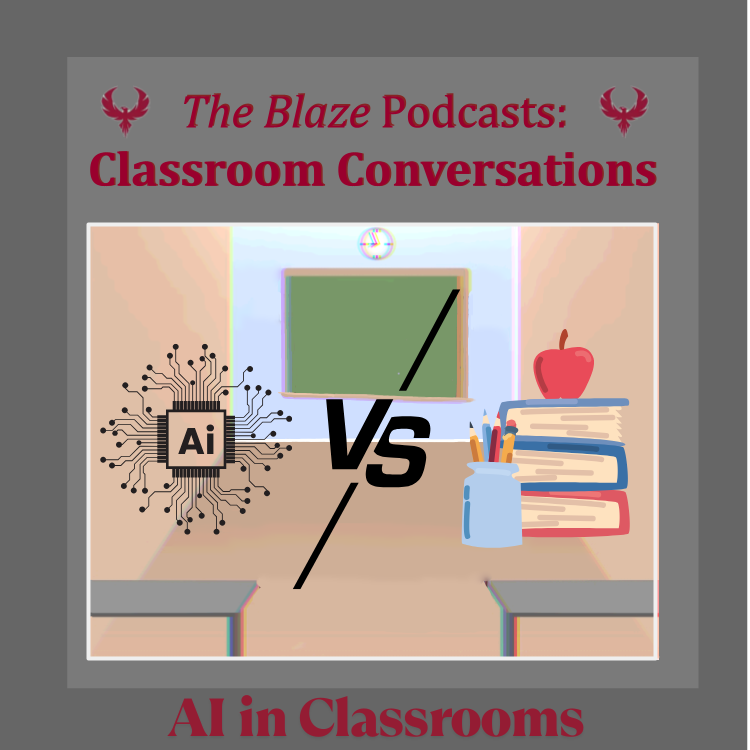
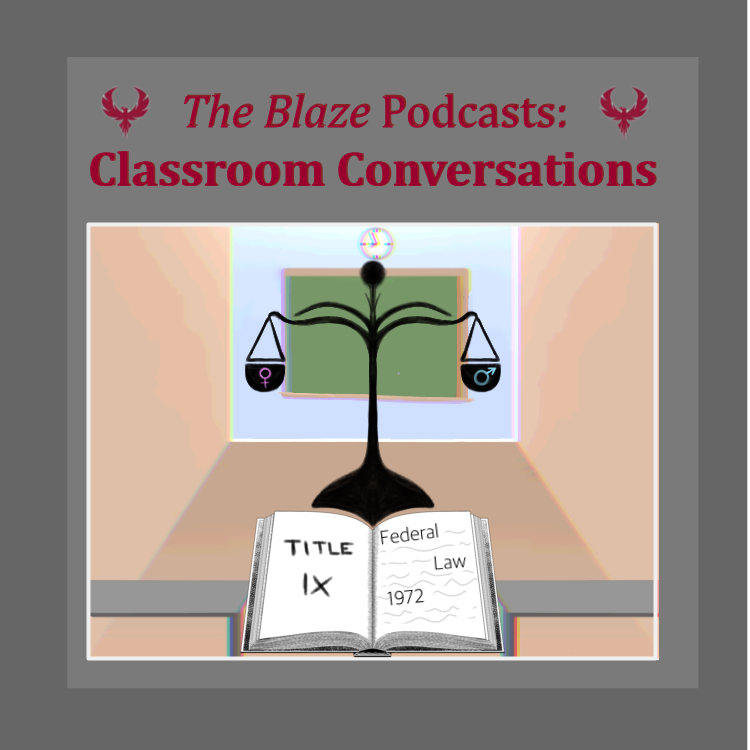
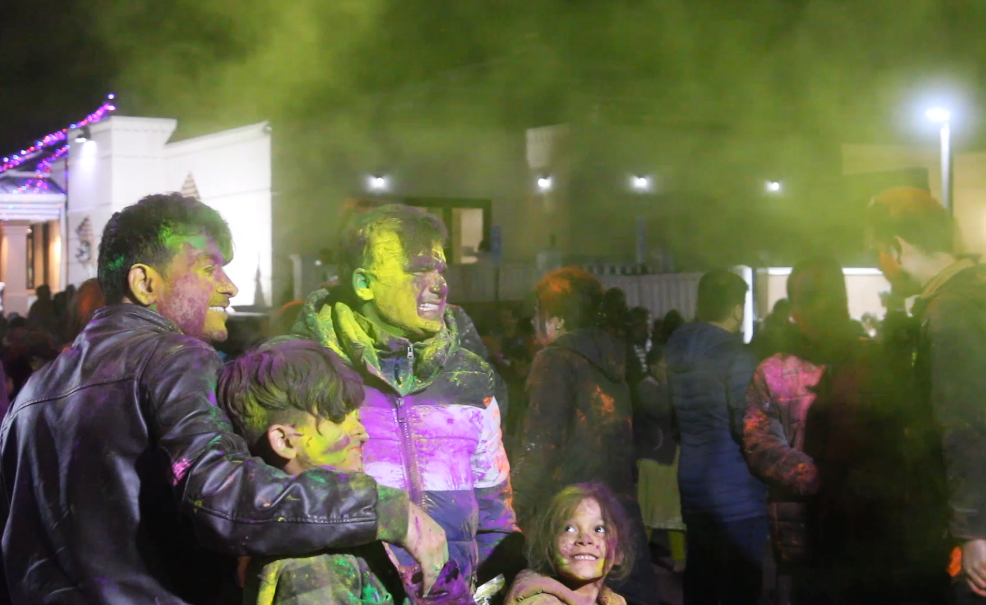
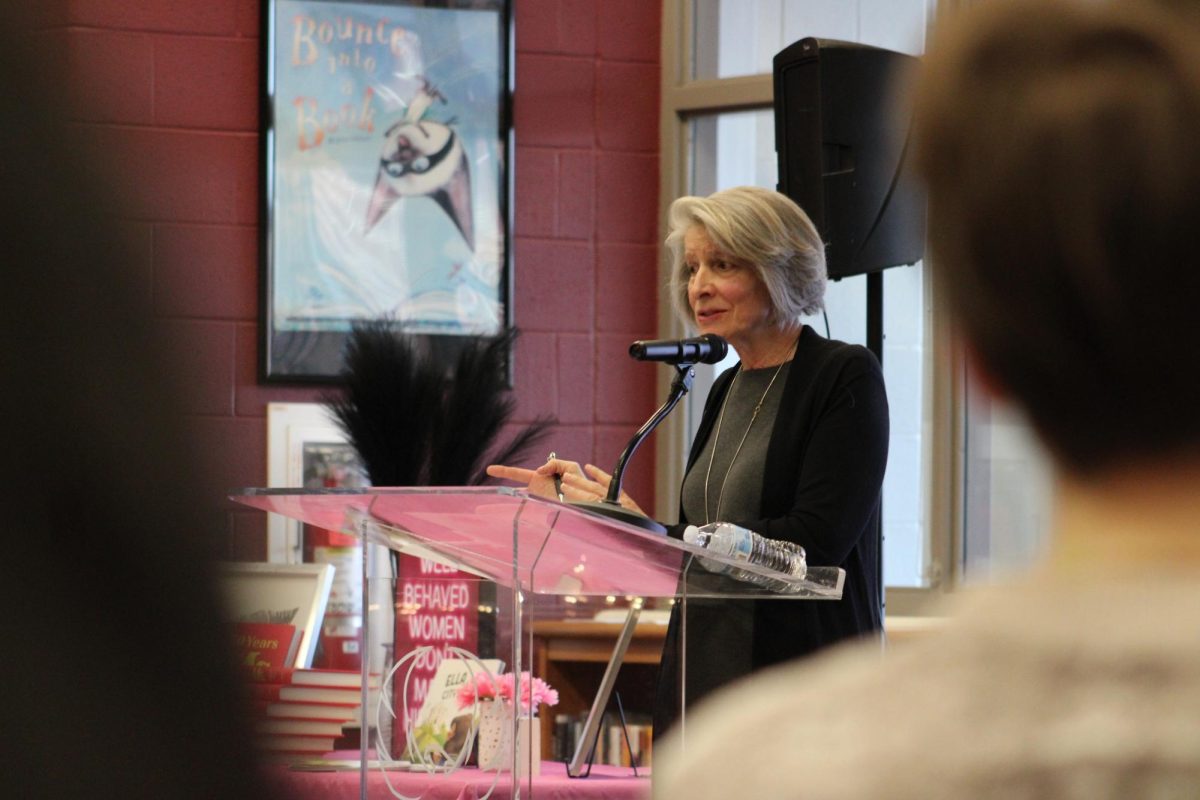
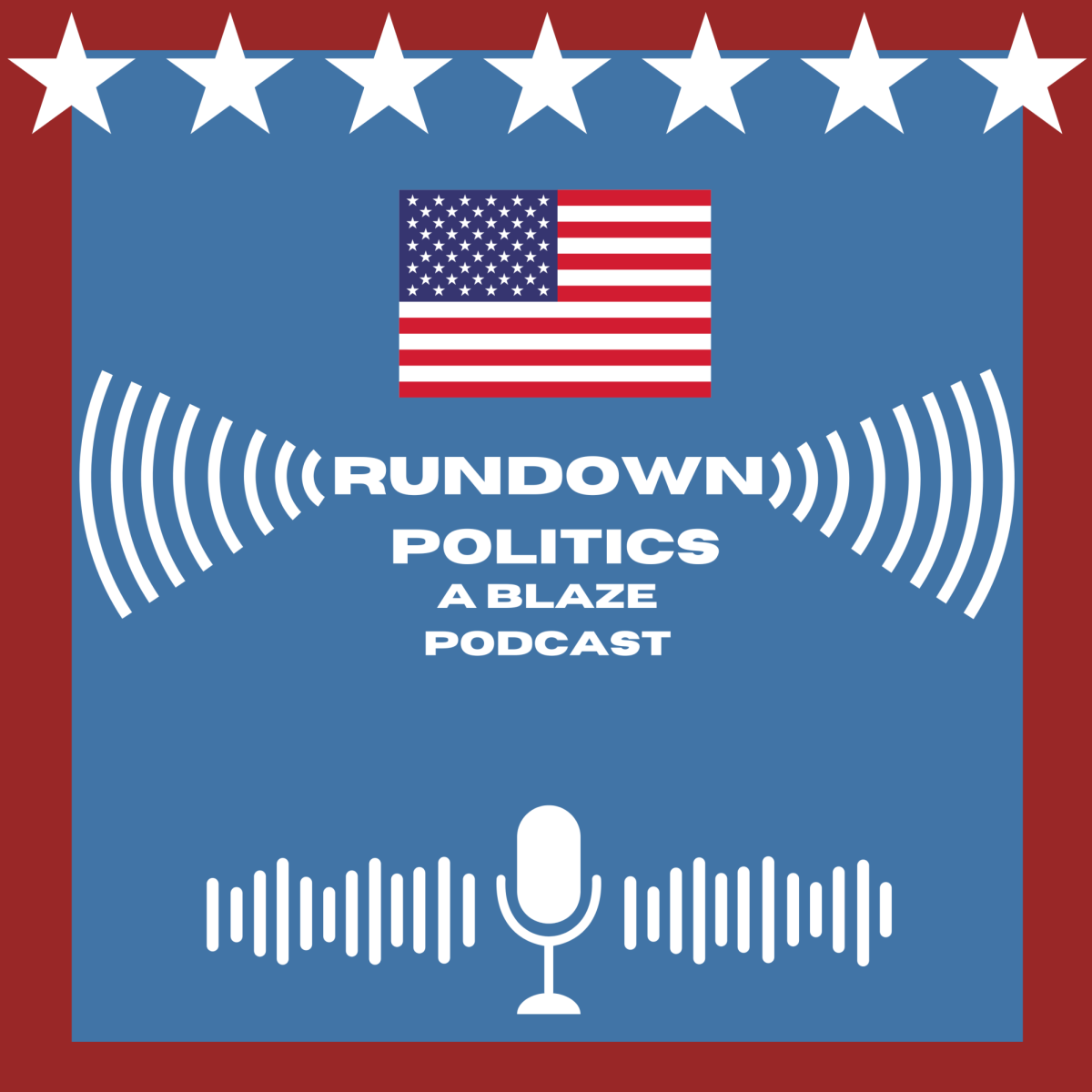


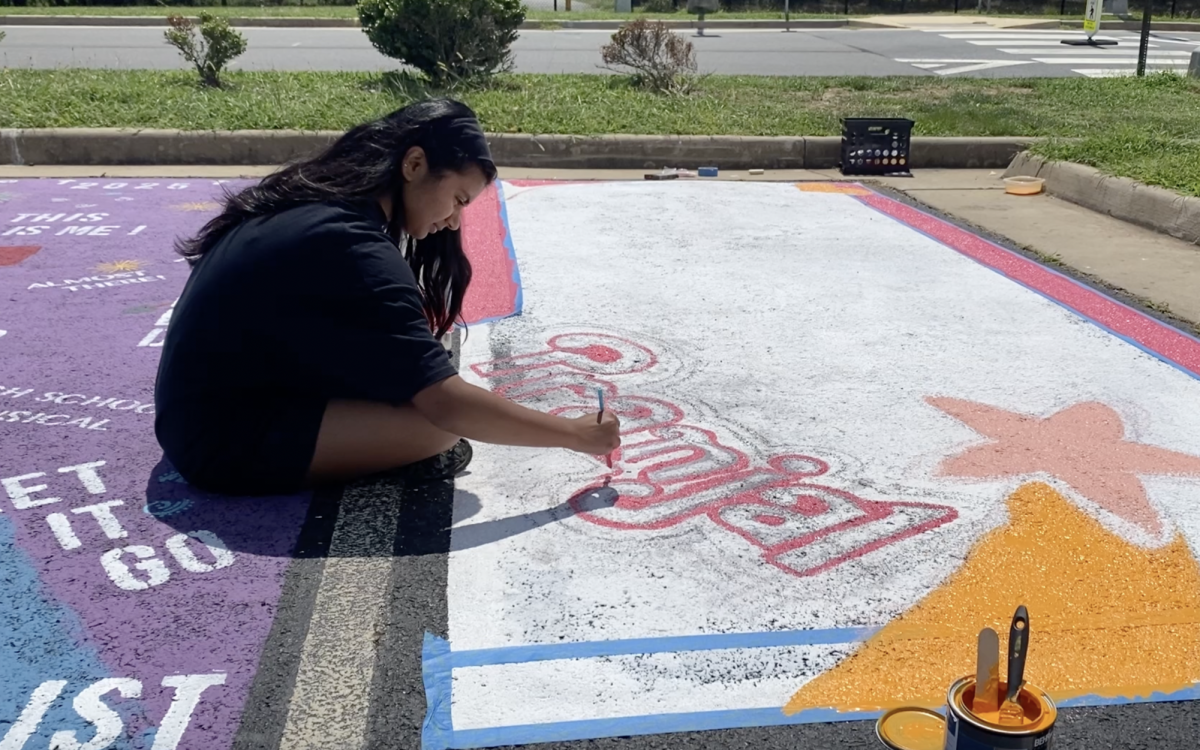
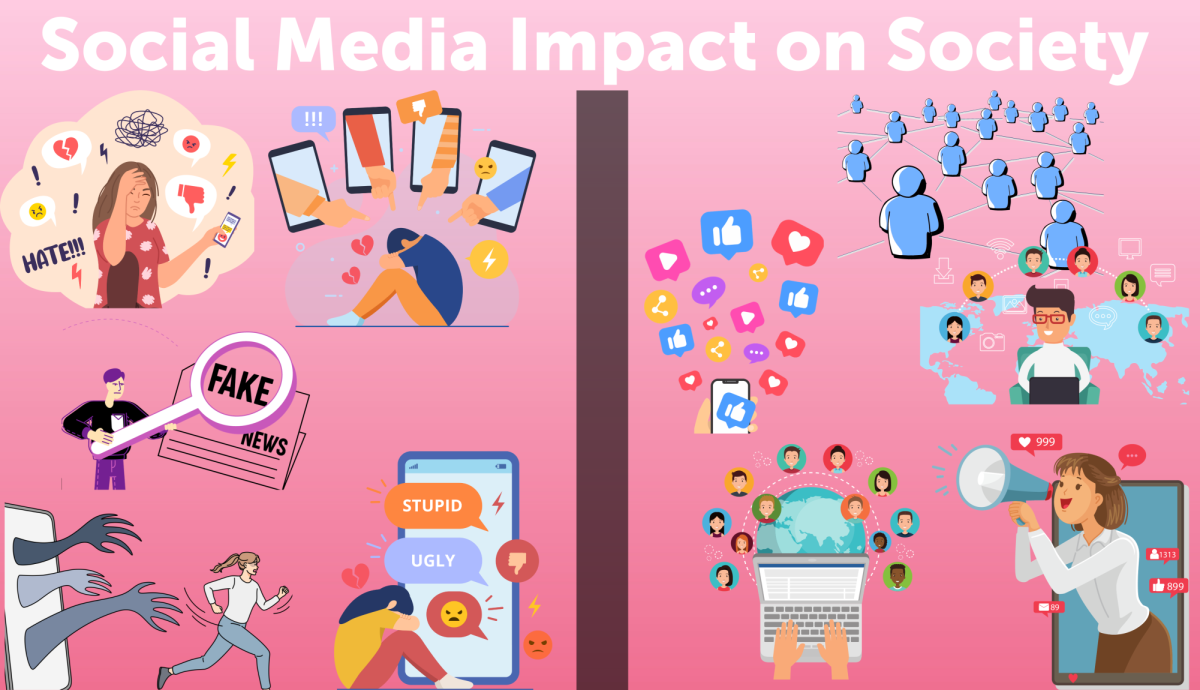

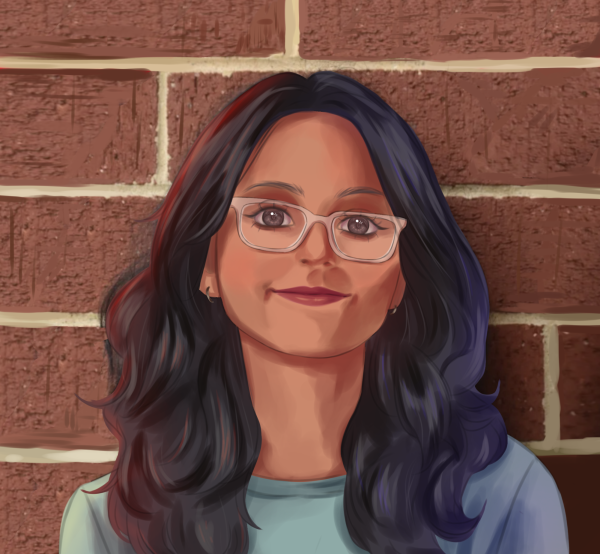
Arzoo • Dec 19, 2024 at 1:42 pm
Extremely insightful !
Suruchi • Mar 20, 2024 at 8:31 pm
Well-researched and insightful article!